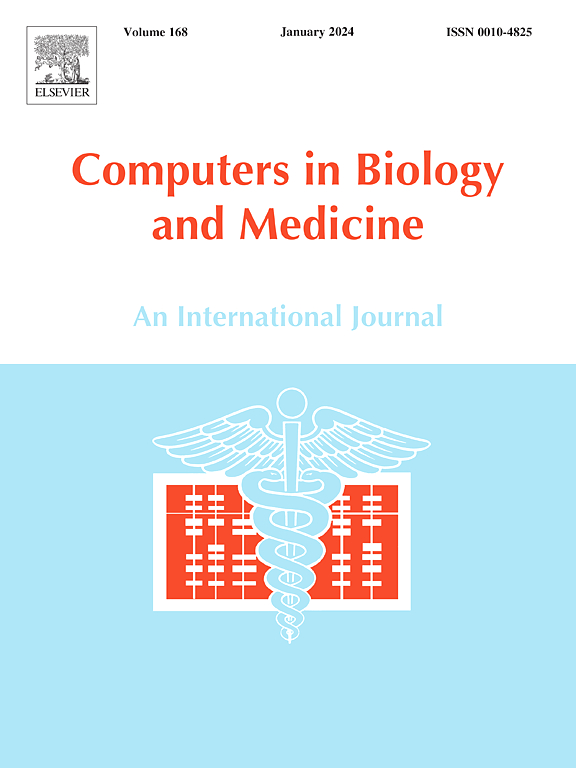抑素M在食管癌中的作用及其作为预后因素的潜力
IF 7
2区 医学
Q1 BIOLOGY
引用次数: 0
摘要
食管癌(ESCA)仍然是世界上最致命的恶性肿瘤之一,生存率很低。识别新的生物标志物如Oncostatin M (OSM)可以改善早期发现、预后和治疗策略。OSM是一种来自IL-6家族的细胞因子,在癌症生物学中起着复杂的作用,但其在ESCA中的具体功能尚不清楚。材料和方法从癌症基因组图谱(TCGA)和GEO数据库中检索198份ESCA样本的基因表达数据。使用R软件进行生物信息学分析,包括差异表达和生存分析。功能实验包括在ESCA细胞系中敲除OSM,随后进行细胞增殖、迁移、菌落形成试验和伤口愈合分析。结果ESCA组织中sosm的表达明显高于正常组织。高OSM表达与较差的总生存率相关,并与肿瘤分期和淋巴结转移等临床参数相关。体外实验表明,OSM敲除可减少ESCA细胞系的细胞增殖、集落形成和迁移。结论食管癌中OSM过表达与晚期、淋巴结转移及预后不良有关。基于OSM表达和临床特征的预后图预测患者的生存。功能分析表明OSM通过细胞因子受体信号传导影响癌症进展,沉默OSM可减少细胞增殖和迁移,可能改善预后。本文章由计算机程序翻译,如有差异,请以英文原文为准。
The role of oncostatin M in esophageal cancer and its potential as a prognostic maker
Introduction
Esophageal cancer (ESCA) remains one of the most lethal malignancies worldwide, with poor survival rates. Identifying novel biomarkers like Oncostatin M (OSM) could improve early detection, prognosis, and therapeutic strategies. OSM, a cytokine from the IL-6 family, plays complex roles in cancer biology, but its specific function in ESCA is poorly understood.
Materials and methods
Gene expression data from 198 ESCA samples were retrieved from The Cancer Genome Atlas (TCGA) and GEO databases. Bioinformatic analyses, including differential expression and survival analysis, were conducted using R software. Functional experiments involved OSM knockdown in ESCA cell lines, followed by cell proliferation, migration, colony formation assays, and wound healing analysis.
Results
OSM expression was significantly elevated in ESCA tissues compared to normal tissues. High OSM expression correlated with poor overall survival and was associated with clinical parameters such as tumor stage and lymph node metastasis. In vitro experiments demonstrated that OSM knockdown reduced cell proliferation, colony formation, and migration in ESCA cell lines.
Conclusions
This study found that OSM overexpression in esophageal cancer was linked to advanced stage, lymph node metastasis, and poor prognosis. A prognostic nomogram based on OSM expression and clinical features predicted patient survival. Functional analysis suggested that OSM influences cancer progression via cytokine-receptor signaling, and silencing OSM reduced cell proliferation and migration, potentially improving prognosis.
求助全文
通过发布文献求助,成功后即可免费获取论文全文。
去求助
来源期刊

Computers in biology and medicine
工程技术-工程:生物医学
CiteScore
11.70
自引率
10.40%
发文量
1086
审稿时长
74 days
期刊介绍:
Computers in Biology and Medicine is an international forum for sharing groundbreaking advancements in the use of computers in bioscience and medicine. This journal serves as a medium for communicating essential research, instruction, ideas, and information regarding the rapidly evolving field of computer applications in these domains. By encouraging the exchange of knowledge, we aim to facilitate progress and innovation in the utilization of computers in biology and medicine.
 求助内容:
求助内容: 应助结果提醒方式:
应助结果提醒方式:


